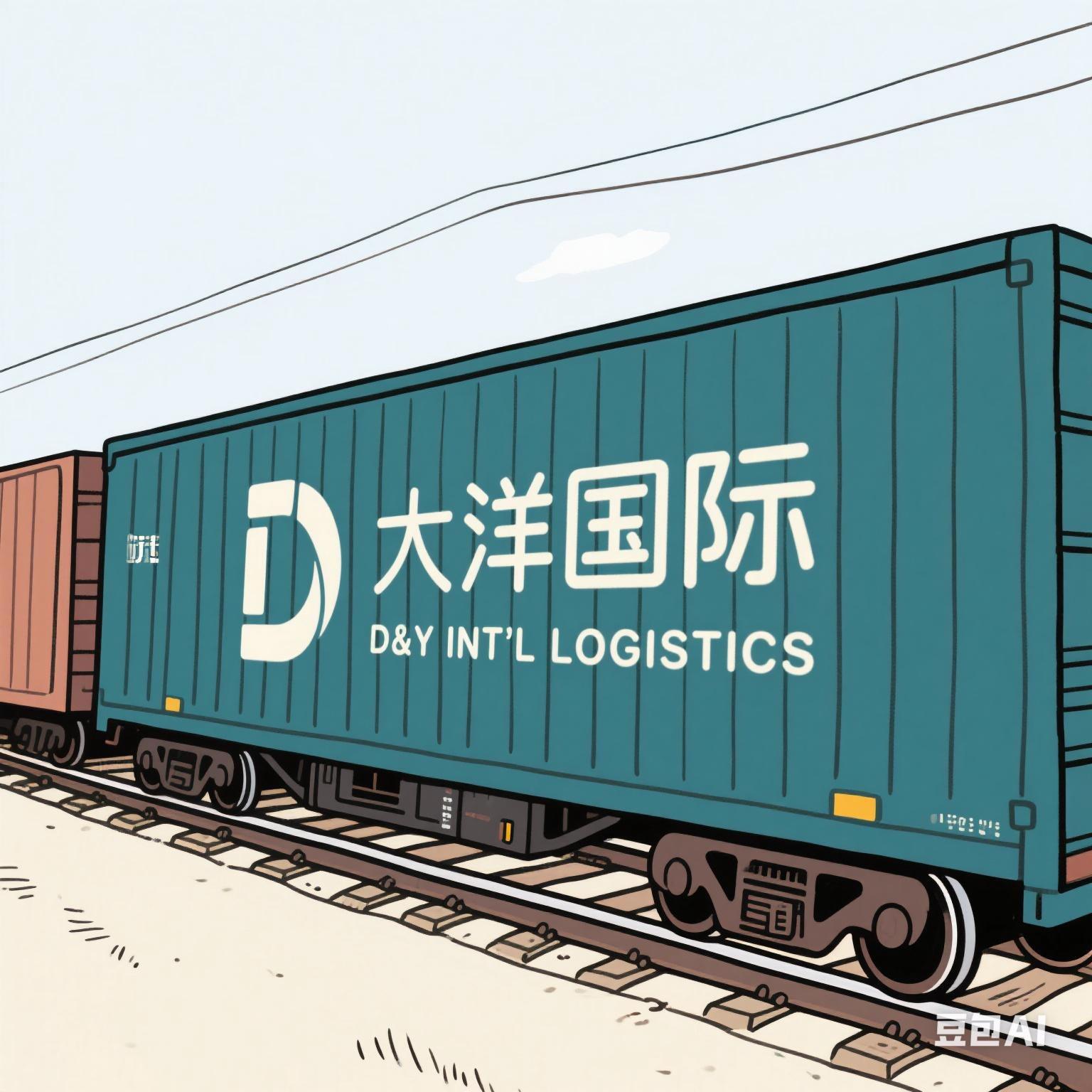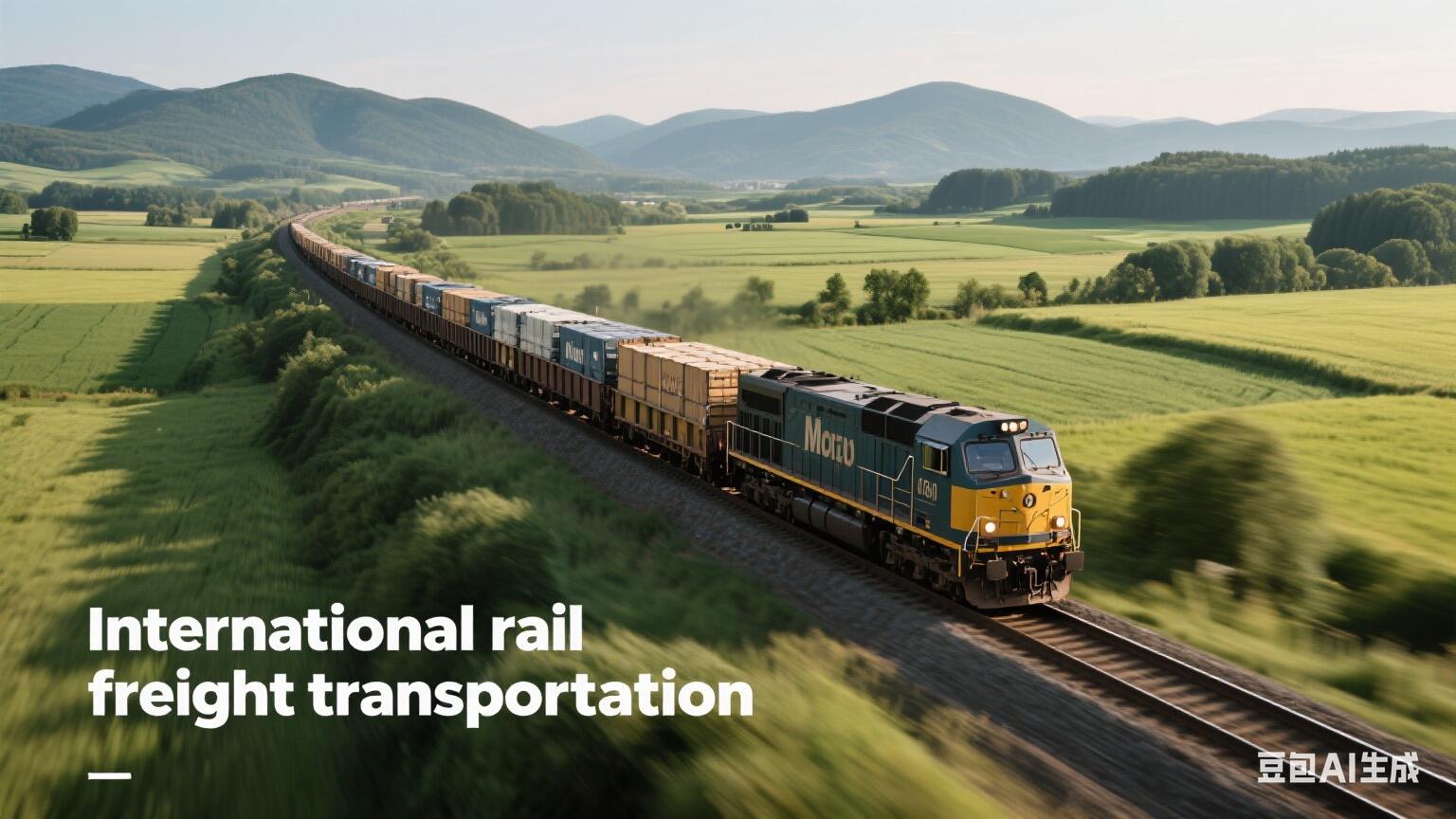railway shipping
Railway shipping represents a cornerstone of modern logistics, offering a robust and efficient means of transporting goods across vast distances. This transportation method utilizes an intricate network of rail tracks, specialized cargo containers, and sophisticated scheduling systems to move freight between destinations. Modern railway shipping incorporates advanced tracking technologies, automated loading systems, and real-time monitoring capabilities to ensure cargo security and timely delivery. The system operates through interconnected rail networks spanning continents, facilitating both domestic and international trade. Key technological features include automated switching systems, computerized traffic control, and specialized cargo cars designed for different types of goods, from bulk materials to temperature-controlled products. Railway shipping serves various industries, including manufacturing, agriculture, energy, and retail sectors, providing cost-effective solutions for large-volume transportation needs. The infrastructure supports intermodal transport, seamlessly integrating with other shipping methods like trucks and maritime vessels. This versatility, combined with its reliability and environmental efficiency, makes railway shipping an essential component of global supply chains.


